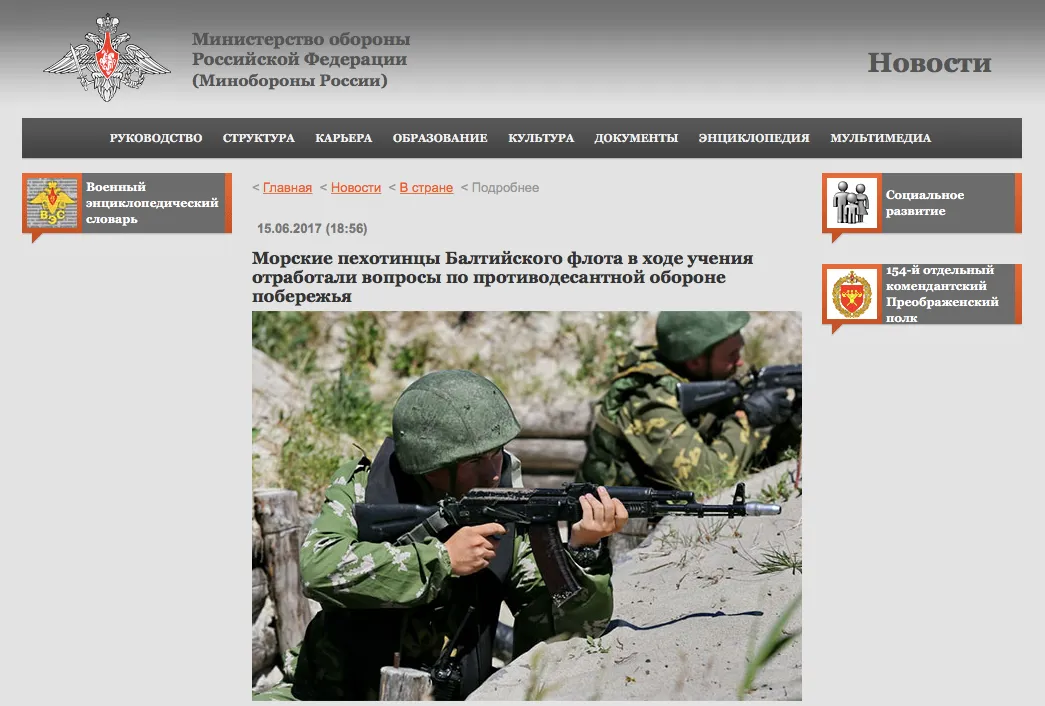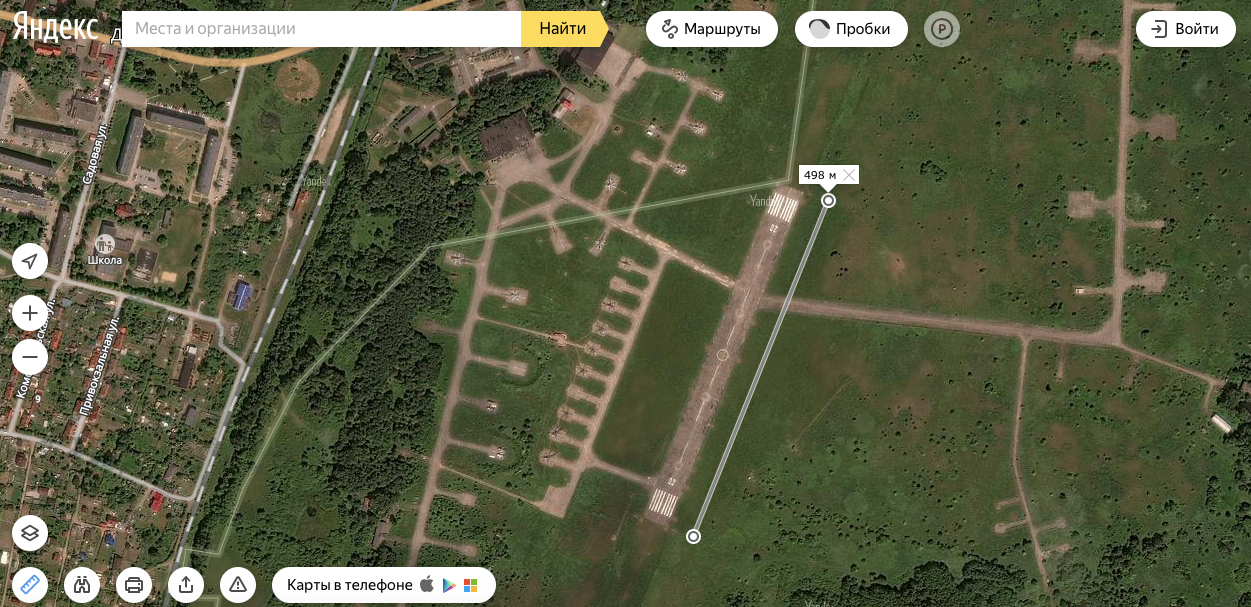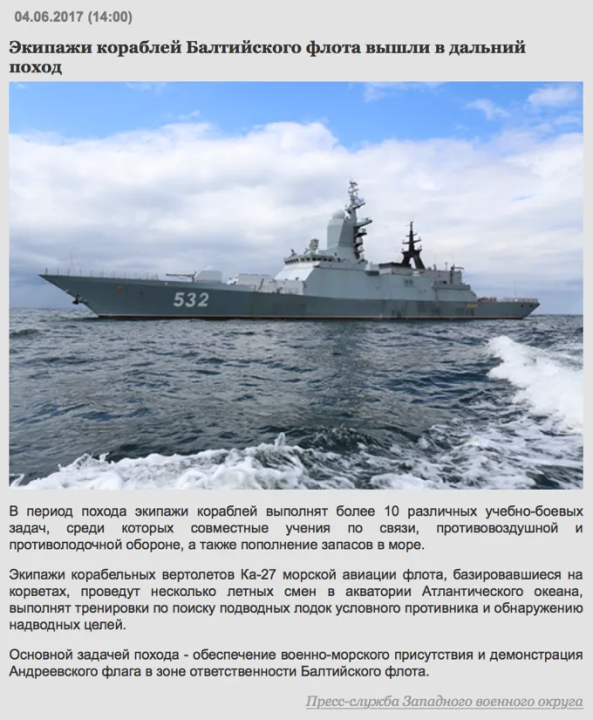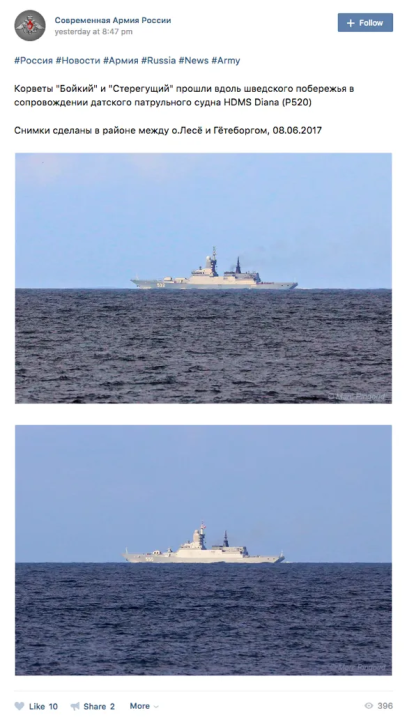#ZapadWatch: Kaliningrad by Air, Land, and Sea
Military warmed up for Zapad-2017 in Russia’s Baltic enclave
#ZapadWatch: Kaliningrad by Air, Land, and Sea

BANNER: Military exercise announcements (Source: Russian Ministry of Defense)
In June, Russian military units based in Kaliningrad carried out multiple exercises on land, at sea, and in the air. Local media reported some participants will also be involved in Russia’s largest military exercise, Zapad-2017, scheduled later this year. The exercises in Kaliningrad involved both defensive and offensive maneuvers.
Costal defense exercises
On June 14, the Russian MoD reported on a combat-readiness test of the “Bal” and “Bastion” coastal defense missile systems located in Kaliningrad. The next day, the Ministry reported the Baltic Fleet’s Marines performed exercises on coastal defense against airborne assault.
This tweet with a photo of an article about the “Bal” and “Bastion” training was posted on June 14:
«Bastion» and «Bal» Coastal Defence #Missile systems in the Russian Baltic Fleet pic.twitter.com/yA8OFtqddV
— Missilito (@Missilito) June 15, 2017
The article named a handful of people involved with the coastal defense systems. These include Major Alexey Kostik, named as the deputy commander of the Bal division. The article claimed that he will be involved in Zapad-2017 from September 14–20. Another person mentioned in the article is Captain Lieutenant Alexey Yablonsky, a radar battery commander in the Bastion unit.
Both Kostik and Yablonsky have accounts on the VK social network, but neither had posted about the Bal/Bastion exercise as of June 20.
On June 16, the Ministry reported that units of the Baltic Fleet Marines conducted a landing exercsise on an “undefended” stretch of coast at the Khmelevka shooting range, which is located in the Baltiysk region, by the Baltic Sea.

The official report from the Russian MoD reads:
Soldiers from the Marine Corps and the Baltic Fleet’s 11th Army Corps of Coastal Troops carried out a series of training missions at the Khmelevka shooting range. In particular, the “black berets” [Marines] conducted training in landing and breaking through the defenses of a supposed enemy from the sea, while the motorized riflemen opposed them from the shore.
The same day as the MoD’s post on the landing exercise, a VK user called Andrey Paramonov posted an image of a hover landing craft resembling the Russian Navy’s ship “Yevgeny Kocheshkov”. Paramonov is himself a soldier, as other profile pictures make clear.

Naval helicopter strike exercise
A separate exercise was carried out near Kaliningrad the week before on June 6–8. The crews of Mi-24 and Mi-8 naval helicopters struck targets at the Khmelevka shooting range. On June 13, the Russian MoD released a video showing the exercise.
According to the Ministry, the exercise demonstrated pilot training in simple and complex skills under combat conditions, such as joint maneuvers and target approaches in pairs. Another training task was fire support for naval strike groups and naval infantry units. In addition, the helicopter pilots practiced landing reconnaissance groups in the rear of the supposed enemy.
More footage from the exercise was released by Russian Army TV channel Zvezda TV on the same day.
According to the ministry’s summary, the helicopter pilots conducted approximately twenty sorties and fired dozens of unguided missiles and over 500 rounds.
Air force joint military exercises
Flight crews of the Air Force and Air Defence Association of the Western Military District and the Baltic Fleet’s Naval Aviation carried out another air exercise. The Russian MoD released a report about the exercise on June 14.
According to the report, Su-34 jets flew from the Voronezh region of southern Russia to an operational airfield in the Kaliningrad region. They practiced intercepting various air targets, including simulated cruise missiles and drones, and bombing in the Baltic Fleet’s sea ranges.
There are two airfields in Voronezh region at which Su-34 fighter jets are based. One is Baltimor airfield, located south of Voronezh city. The other is Buturlinovka, located four kilometres away from the city of Buturlinovka.
The two most likely military airfields for Su-34 fighter jets to land in Kaliningrad are Chkalovsk, located north-west of Kaliningrad city, and Chernyakhovsk, located south of the city of the same name, where Baltic fleet air force fighter jets are stationed.
One other airfield is located close to the waters of the Baltic Sea. This is the Donskoye airfield in the north-west of the Kaliningrad region. A satellite image on Yandex maps indicates that the airfield is more suited for military helicopters, given the length of its runway.

The Russian MoD’s report stated that up to 20 aircraft and helicopters from army and transport aviation participated, which suggests the Donskoye airfield was also used during the exercise.
Russian corvettes Boykiy, Stereguschey… and Stoykiy?
On June 4, the Russian MoD reported that units of the Baltic Fleet had set off for the Atlantic Ocean, in what the Ministry referred to as a “distant voyage.”

The statement concluded:
The main goal of the exercise is to ensure the naval presence and the demonstration of the [Russian Navy’s] Andreevsky flag in the Baltic Fleet’s area of responsibility.
On June 8, a Youtube channel dedicated to the Russian military reported the ships — including corvettes Boykiy and Stereguschey — were passing through the Kattegat and Skagerrak into the North Sea.
On June 18, a post with two images of the corvettes was published by a VK group dedicated to the Russian military. The post stated that the images were taken on June 8, in the waters between the Danish island of Leso and Gothenburg, Sweden, locating them to the Kattegat.

On June 9, the Russian MoD reported the corvettes were in the North Sea, and that their Marines had practiced repelling boarders. Five days later, the Ministry reported on the exercises the crews carried out while transitioning back from the North Sea to the Baltic sea.

According to the report:
During the passage through the Baltic Sea, the crews of the ships practiced detecting and destroying a supposed enemy’s maritime group. Combat calculations carried out electronic launches of anti-ship guided missiles. In addition, the Baltic sailors repelled an air raid by the alleged enemy and worked out questions of anti-sabotage protection while moored in an unprotected roads.
Ka-27 deck helicopters carried out several flights. In cooperation with the detachment ships, they engaged in searching for a supposed enemy submarine, and conducted air-sea rescue training.
Marine units on the detachment’s ships practiced various anti-terrorist scenarios, and fired their small arms at sea targets.
Finally, on June 15, the MoD reported about a naval exercise that included not only Boykiy and Stereguschey, but also another corvette, Stoykiy.
The report claimed that the corvettes successfully conducted joint maneuvers at sea and artillery firing at the sea surface targets. The crews carried out joint combat exercises with practical shooting from shipborne artillery complexes AK-630 and A-190. Towed and float shields were used as targets. The report did not mention the waters where the exercise was carried out.
Conclusion
The @DFRLab will continue to monitor the build-up to Zapad-2017. If you or any other #DigitalSherlocks see anything on the ground or online related to the exercises, join the conversation using #ZapadWatch.

